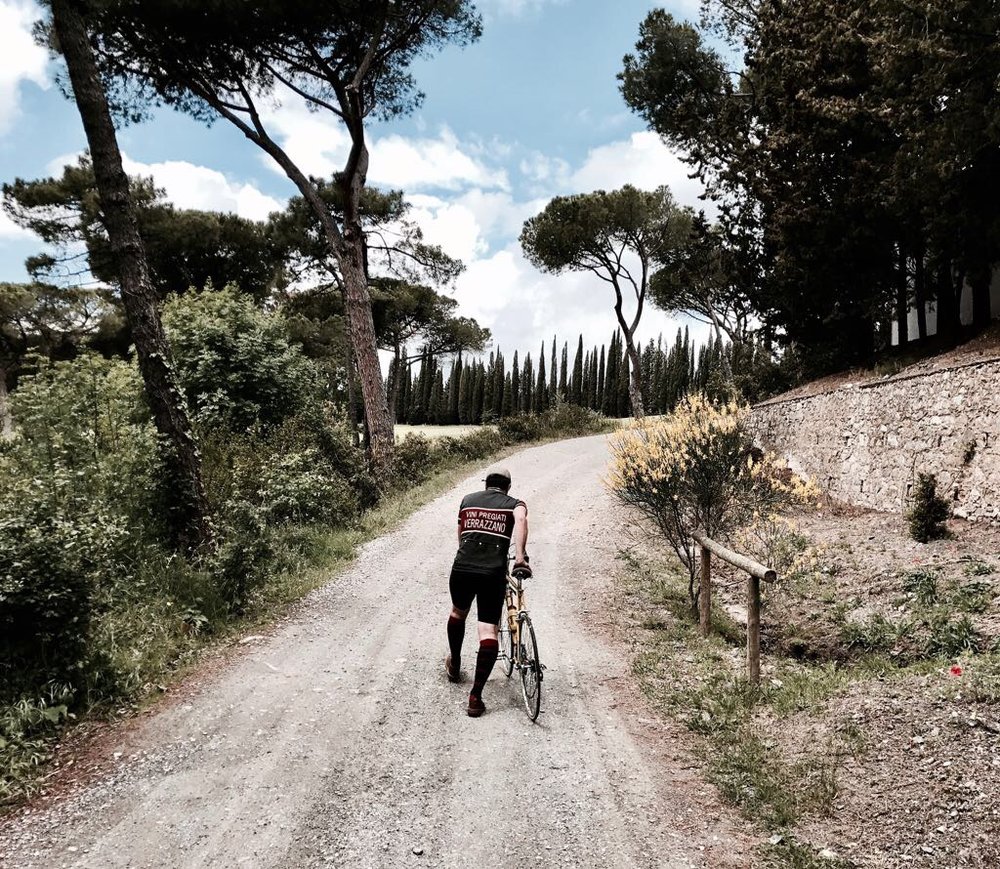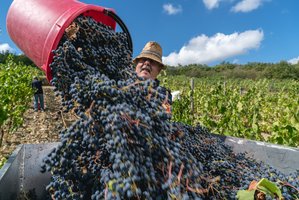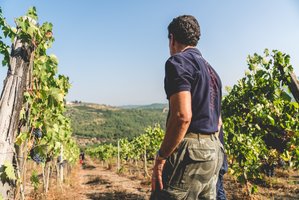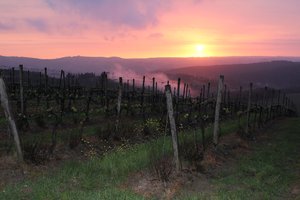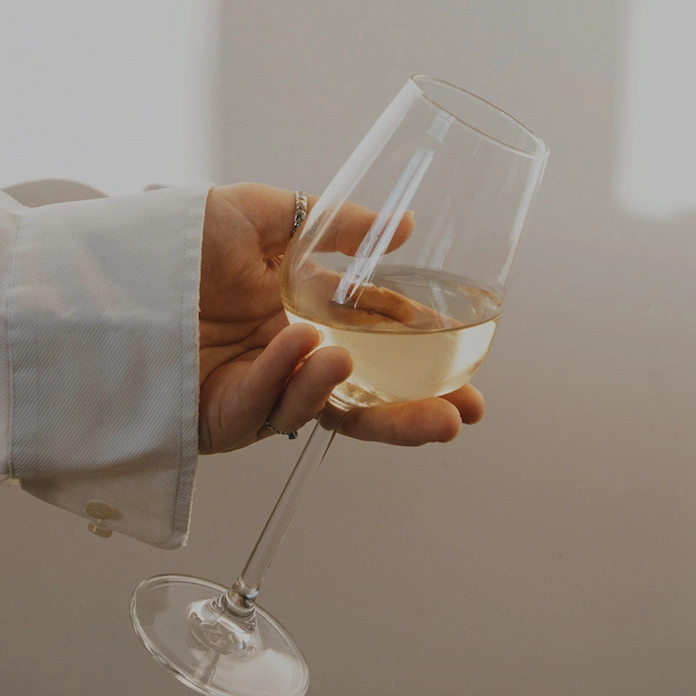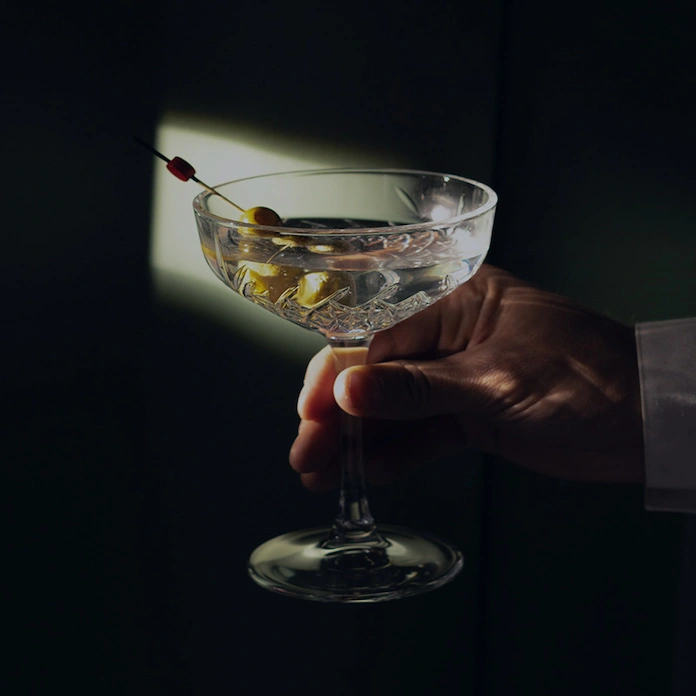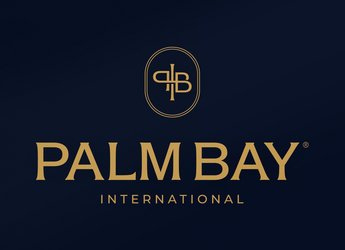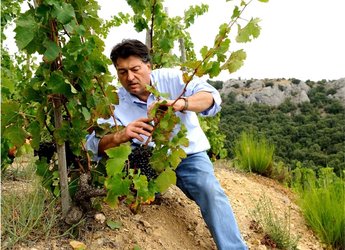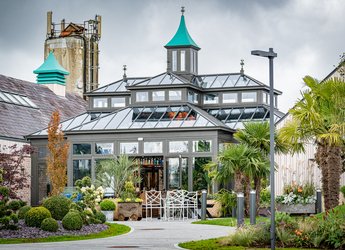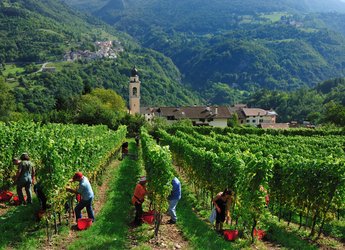
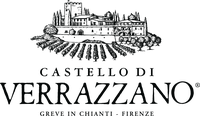
Castello di Verrazzano Stewards of Chianti Classico
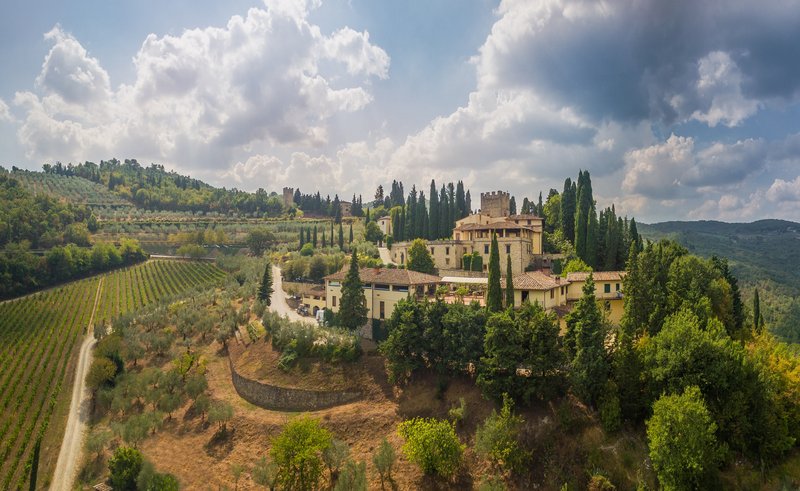
For more than eight centuries, Castello di Verrazzano has played a pivotal role in the evolution of Chianti Classico.
From the earliest mention of vineyards here — noted in an ancient manuscript from 1150 — to the establishment of the Chianti Classico Consorzio, of which the estate was a founding member, Verrazzano has been synonymous with this hilly, beautiful land for hundreds of years. The castle’s most famous resident, Giovanni da Verrazzano, born in 1485, would go on to become one of the most important Italian explorers of the New World. He was also the first to explore the east coast of the United States; New York’s Verrazzano-Narrows Bridge commemorates the day he first sailed into the New York harbor on April 17, 1524.
But a new course for the estate was charted in 1958 when the quality-minded Cappellini family took ownership and began restoring the property, intent on showcasing its fine wine potential. Current proprietors Luigi Giovanni Cappellini and his wife, Silvia, oversaw the full organic conversion of the vineyards in 2014 and simultaneously launched a thriving agrotourism arm that includes vegetable farms, beekeeping, an on-site restaurant, and hotel.
Alongside agronomist Marco Chellini, Luigi also introduced ever-stricter quality standards, limiting yields and continually renewing the vineyards according to a precise regimen that keeps vines at an ideal average age of 12 years.
All great explorers are guided by a north star. Giovanni da Verrazzano’s took him across a vast ocean, seeking the New World. As for the Cappellini family, theirs is a mission of absolute quality — as stewards of Chianti Classico with an unwavering commitment to expressing (and sharing) the unique terroir of Greve.
Terroir
Castello di Verrazzano is located on a remote, wooded hilltop in Greve, in the cooler, northern part of Chianti Classico within the Unità Geografiche Aggiuntive (UGA) of Montefioralle.
The limestone-dominant “Formazione di Sillano” soils — 43% limestone, 29% clay, 28% sand — are unique to the property. Combined with ideal eastern exposure and altitudes ranging from 280 to 450 meters / 919 to 1,476 feet, they accord Verrazzano wines their trademark aroma, structure, and longevity.
Verrazzano also prioritizes biodiversity and is home to organically farmed vegetable gardens, olive groves, and a thriving network of beehives. The surrounding chestnut forest acts as a protective barrier against pollutants and harsh elements and is also a legally protected habitat for the red-winged thrush or “il sassello” — the namesake for Verrazzano’s flagship Gran Selezione release.
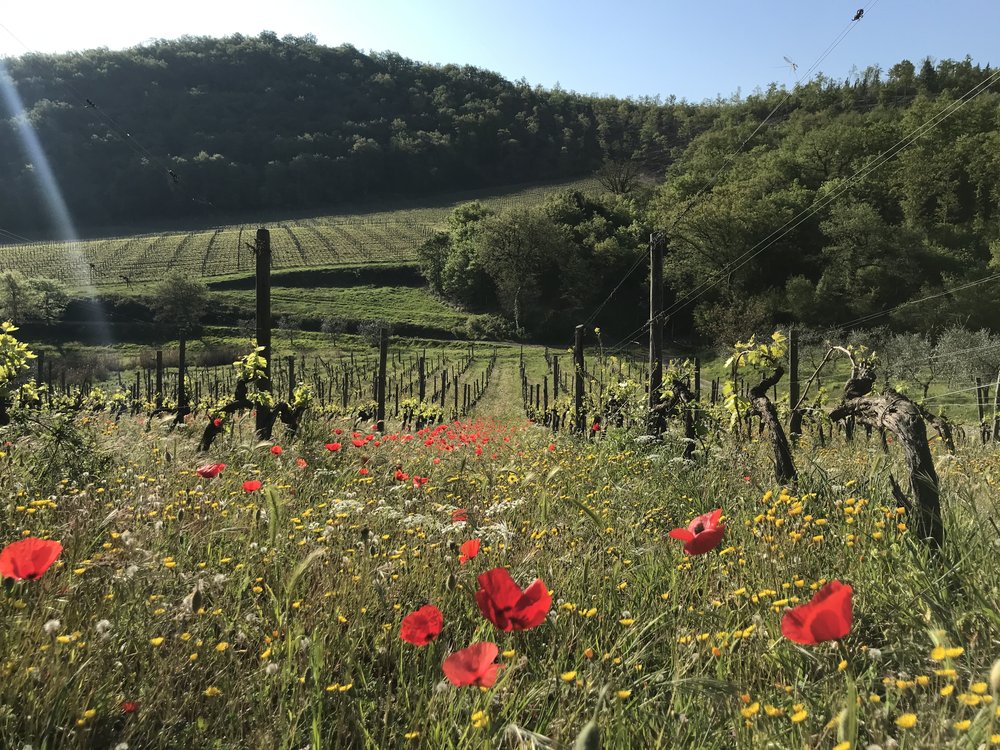
Viticulture
To the Cappellini family, sustainable viticulture is simply how they do things — a general standard they’ve always upheld. Their vineyards, which have been EU-certified organic since the 2014 vintage, are divided into single plots and planted predominantly with sangiovese, along with merlot, canaiolo, cabernet sauvignon, and colorino. A small percentage of white grapes like trebbiano toscano, traminer, and malvasia lunga del Chianti are also planted.
Careful green harvesting keeps yields low while specific farming techniques (such as “grassing”) aim to preserve and enrich the natural environment while achieving a better phytosanitary state for every plant.
Vineyards are farmed traditionally, using horizontal spurred cordon decking and Guyot. The vineyard team maintain a thick canopy on the vines, allowing for stronger defense against adverse conditions, even in the most difficult vintages. In turn, this yields wines of consistency and quality.
Historic Heart of Castello di Verrazzano
The property’s ancient cellars have been in continuous operation for hundreds of years — since the time of the original Verrazzano family. In keeping with Chianti Classico tradition, Verrazzano wines are typically aged in Slavonian oak barrels and rest along the cellar’s ancient corridors where they are protected from sudden temperature changes. Chianti Classico and Chianti Classico Riserva designated wines are aged in 3-year-old, 30-hectoliter barrels while new barriques (Allier and Vosges) are preferred for the Gran Selezione Sassello and the Super Tuscan Bottiglia Particolare.
The winery itself is powered using energy from certified renewable sources and in the winter is heated with wood harvested from the forest on the property.
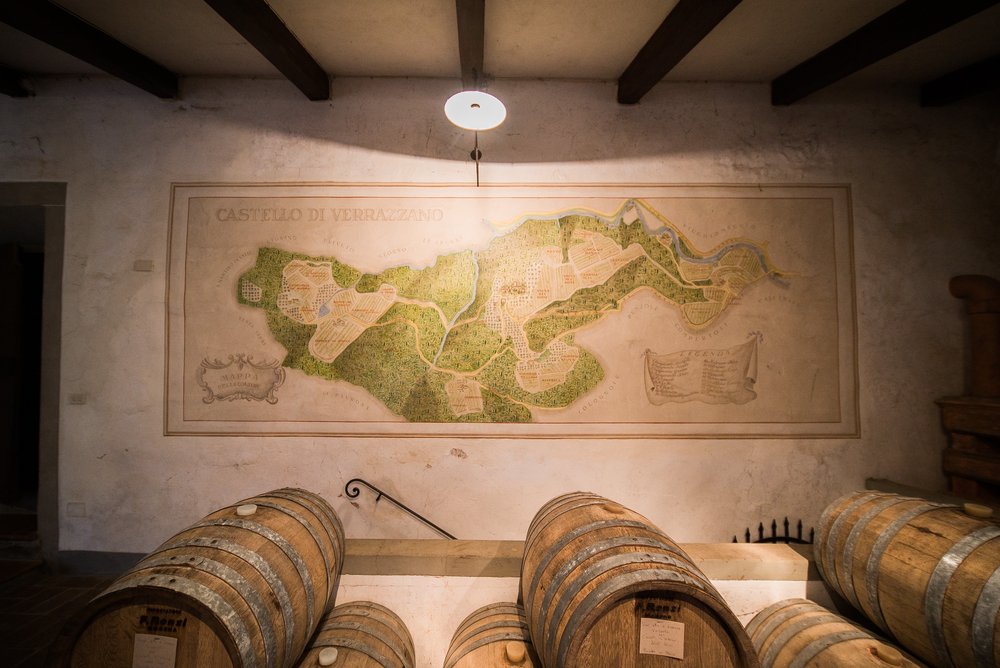
The Path to Fine Chianti Classico
The “Chiantigiana” connects the Chianti district from Florence in the north to Siena in the south. If you set out southward on this “Strada del Vino,” your first stop would be the village of Greve in Chianti. Known since ancient times as the “gateway” to the region, Greve’s favorable location made it a major destination along pilgrimage routes. It is an old town; Etruscans and then the Romans inhabited the area, while the physical town center dates to the Middle Ages. And standing proudly in the Piazza Matteotti is a statue of the village’s most famous resident, Giovanni da Verrazzano.
But beyond the literal definition, Chiantigiana is also an adjective, describing the spirit of the people, their history, and culture. Together, they are as much a part of Castello di Verrazzano as the wine itself.
